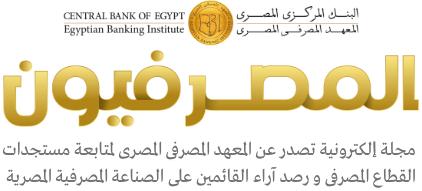هي نتائج التعلم المترتبة على خبرات التعلم قصيرة المدى، على سبيل المثال حضور برنامج أو دورة تدريبية قصيرة. أيضاً توفر طريقة مرنة لمساعدة المتدربين على تطوير المعرفة والمهارات والكفاءات التي يحتاجونها لتطورهم الشخصي والمهني.
لمعرفة المزيد حول Micro-credentials اضغط هنا لتحميل التقرير باللغة الانجليزية
إعداد ياسمين عمرو – باحث بالمعهد المصرفى




